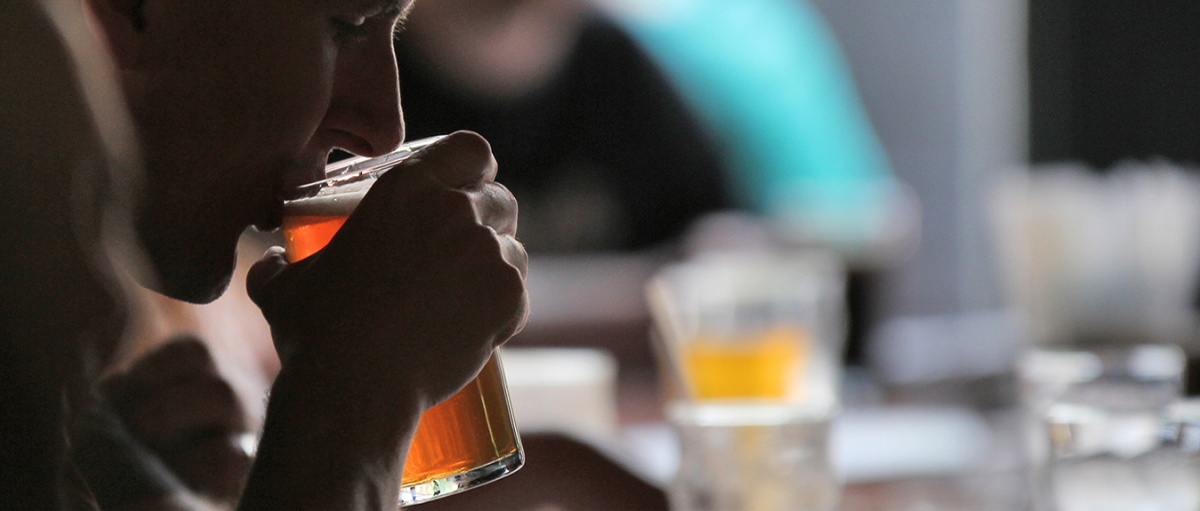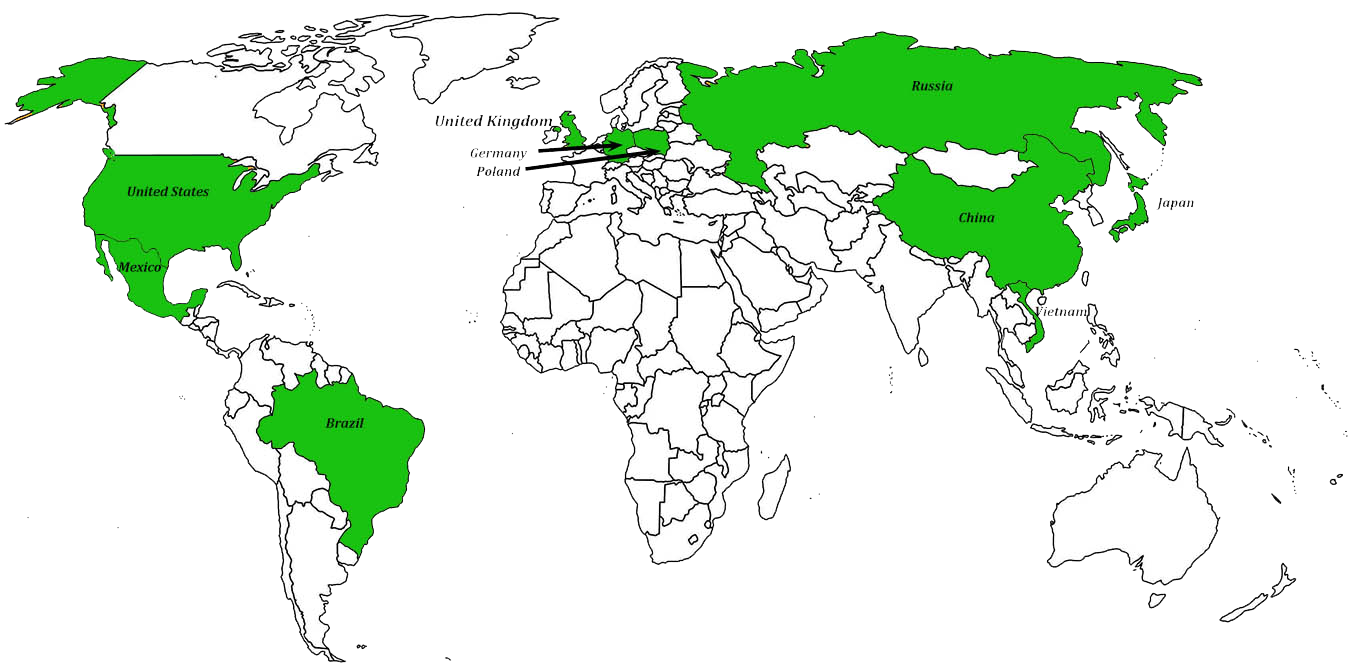Warehouse
Closed
July 10, 2026
Judging
Date
July 26, 2026
Winners
Announced
August 12, 2026

According to Kirin Beer University Report on Global Beer Production by Country in 2017, China ranked first for the consecutive 6th year in terms of beer production. This report publishes the details of global beer production in 171 major countries and regions, for 2017. The report is based on findings obtained from questionnaires sent by Kirin to various brewers’ associations and intensive research from around the world.

Out of 171 countries, here are top 10 beer producing countries with their net market share and contributions.
Beer production in China started approximately 7000 to 9000 years ago, according to Chinese archaeologists. Beer can be produced using grains like wheat or rice. In the late 1900s, China started in beer production using rice which was later replaced by barley and hops. China has dominated in terms of beer production in the world for the past 6 years. China has produced more than the double quantity of beer than its nearest competitor, United States. Despite having a 3.9% drop in global beer productions, China still holds the top position. China produced over 39 million kiloliters of beer in 2017. China accounts for over 20.8% of Global beer market share.
Beer is the most popular alcoholic drink in the United States and is 85% of the total volume of alcoholic beverage sold in 2017. The beer was part of colonial life in the United States until the prohibition era. Before prohibition came into effect there were more than 1300 small and big breweries. Until prohibition was lifted 4 years later, most of those breweries had to either shut down or change their businesses for good. Today, the United States has more than 7000 active breweries producing 21 Million Kiloliters of beer. The United States suffered a drop of 2.6% in its beer production as compared to the previous year. It accounts for 11.4% of the global beer production market share.
The traditional brewing in Brazil started because of German immigration in Brazil during the early 19th century. With the establishment of its first brewery in 1853, a beer revolution started in Brazil. Brazil holds the third position in global beer production in the world. Brazil produced a staggering 14 million kiloliters of beer in 2017. Brazil had registered a 5% growth in its annual gross beer production with a market share of 7.3%. Brazilian beer industry gets a tremendous boost during the Brazilian carnival. In these 4 days, Brazilians consume 400 million litres of beer. Brazil is said to have the most competitive beer market in the world.
Mexicans were famous for their corn beer until the Spanish introduced European style brewed beer made from barley. Beer production was then, severely affected during the colonial era because of the trade restriction and taxes imposed by Spanish on Mexicans. After the Mexican war of independence, these restrictions were lifted, which in turn, paved way for a booming beer economy. Today, Mexico holds 4th position in terms of global beer production with a production of 11 million kiloliters of beer in the year 2017. Mexico had a 4.8% surge in beer production as compared to 2016. Mexico owns 5.8% of global beer market share.
German beers are made strictly following Reinheitsgebot or the German beer purity law, which permits only water, hops and malt ingredients. German wheat beers must be top-fermented according to the law. Germans mostly produce Wheat beers, Pale Beers, Dark Beers, and Unfiltered Beers. Germany has over 1300 registered breweries with 5000 brands of beers. Germany stands 5th in production of beer in the world with a net production of over 9 million kiloliters of beer. Germany had a 2% decline in its global beer production as compared to 2016. Germany produces 4.9% of global beer.
Russians mostly preferred vodka as their alcoholic beverage but later beer came as the less harmful alternative for vodka. On average, a Russian drank 12.5 litres of alcoholic drink during the year 2010, out of which, vodka accounted for more than 5 litres, while, beer accounted for 4 litres. Russia produced over 7 million kiloliters of beer in the year 2017 with a decline of 4.9% in its production from the previous year. Russia holds 3.9% of the global beer market share.
The beer was introduced to Japanese by Dutch invaders in the 17th century. Since then, beer became a major part of Japanese culture. Trained brewers from Europe later revived the Japanese beer industry for good. Beer and Beer like Happoshu are considered to be the most popular alcoholic drink of Japan having nearly two-thirds of sale, out of total alcoholic beverage sale in Japan. Japan produced 5 million kiloliters of beer which accounted for 2.7% of global beer production market share.
The beer had vast cultural importance in the British culture, they used to drink bitters, Porters, Strout, and Mild as their alcoholic choices. Since world war II, Britishers have drifted towards lagers as their preferred drink. Today, production beer in the UK faces a staggering challenge of the rising cost of raw materials. Hence imported beers are popular among Britishers than locally brewed beers. The UK produced 4 million kiloliters of beer in the year 2017 with a growth of 0.7% in production as compared to the previous year. The UK holds 2.3% global beer production market share.
Vietnam stands 9th in the global production of beer in the world. Lagers are considered to be their most popular beer. Their current production of beers amounts to above 4 million kiloliters, which they aim to increase by 4.5 million kiloliters by 2020. Vietnam had an astonishing 15.4% growth in its beer production since 2016. Vietnam currently holds a 2.3% market share in global beer production.
Poland has a brewing experience of thousand years with a significant history in traditional and commercial productions. Since 2011, traditional beer was swiftly replaced by craft beer which now is sold by over 200 brands in Poland. Poland produces over 4 million kiloliters of beer with 2.1% of global market share in beer production. Poland had a decline of 2.1% in their gross beer production since 2016.
Get rated by Quality, Value, and Packaging by the top retail buyers in the USA. Here is how to enter.